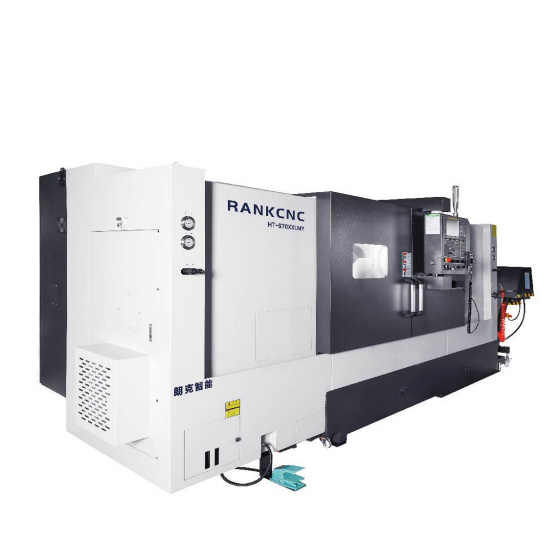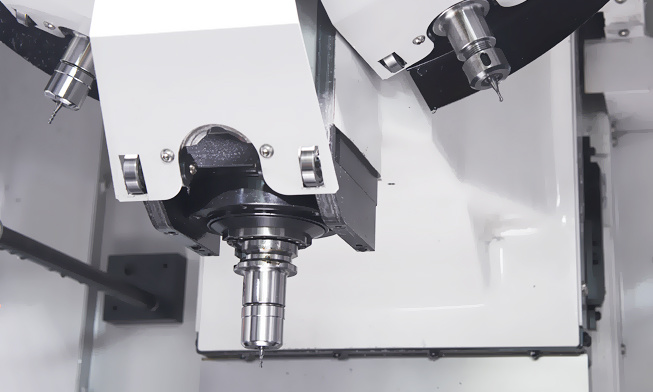
Next, let's talk about the maintenance requirements of CNC milling and turning composite machine tools
Jul 14,2022
Next, let's talk about the maintenance requirements of CNC milling and turning composite machine tools
Environmental requirements for CNC milling composite machine tools: The machine tool should be kept away from vibration sources, avoid direct sunlight and thermal radiation, and avoid the influence of moisture and airflow. If the machine is close to the vibration source, anti vibration grooves should be set around the machine, otherwise it will directly affect the machining accuracy and stability of the machine tool. Poor contact of electronic components can lead to failure, thereby affecting the reliability of the machine tool.
Power requirements: Generally, CNC lathes are installed in machining workshops, which not only have large environmental temperature changes and poor operating conditions, but also various mechanical and electrical equipment cause large fluctuations in the power grid. Therefore, at the location where the CNC lathe is installed, it is necessary to strictly control the power supply voltage. The voltage fluctuation of the power supply must be within the allowable range and relatively stable, otherwise it will affect the normal operation of the CNC system.
CNC turning and milling compound machine: CNC lathes require oil maintenance, which has raised more questions for many people. For your fully automatic CNC lathe, in the future, attention should be paid to the hygiene of the worktable to prevent dust and iron filings from entering the track. The harm in the future is the change in accuracy, increased hand feel, and rolling up on heavy and hard materials. Therefore, for the new fully automatic CNC lathe, the oil should be changed once a month in the early stage, once every three months after a year, and three times in the first three months. After actively changing the oil on the CNC lathe, the trace impurities of the CNC turning and milling compound machine will be cut off, and it will follow the new oil into the oil tank without leaving any traces or scratches.
CNC turning milling compound machine: How to choose lubricating cutting fluid for in use milling compound machine tools
1. Cutting fluid should be free of irritating odors and harmful additives to ensure the safety of users.
2. Cutting fluid should meet the requirements of equipment lubrication and protection management, that is, cutting fluid should not corrode the metal parts of the machine tool, damage the seals and paint of the machine tool, and leave hard colloidal deposits on the machine tool guide rail to ensure the safety and normal operation of the equipment.
3. The cutting fluid of the milling and turning composite machine tool should meet the anti rust requirements of the workpiece process and should not cause rusting of the workpiece. When processing copper alloys, sulfur-containing cutting fluid should not be used, and when processing aluminum alloys, cutting fluid with a neutral pH value should be selected.
4. Cutting fluid should have excellent lubricity and cleaning function. Through cutting fluid experiments, select cutting fluid with high non stuck load and low surface tension.
5. Cutting fluid should have a long service life, which is particularly important for turning and milling composite machine tools.
6. The cutting fluid of the milling and turning composite machine tool should be adapted to various machining methods and workpiece materials as much as possible.
7. Cutting fluid should be treated with low pollution and waste liquid methods.
8. Cutting fluid should be cheap and easy to manufacture.
CNC turning and milling compound machine: In short, the selection principle of cutting fluid for turning and milling compound machine tools needs to meet the requirements of cutting performance and usage performance, that is, it should have good lubrication, cooling, rust prevention and cleaning performance, and be able to meet the process requirements during the machining process, reduce tool wear, lower machining surface roughness, reduce power consumption, improve production efficiency, while considering the stability of use.








